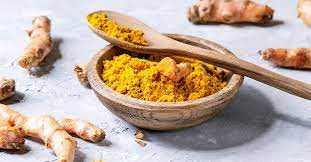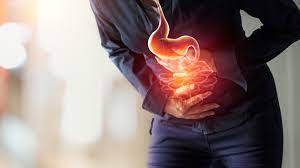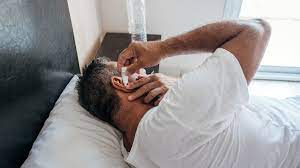How to Make Ginger Tea and Its Health Benefits
Drinking ginger tea regularly effectively helps treat pain associated with gout, rheumatoid arthritis and osteoarthritis. Plus, it can reduce post-exercise inflammation and pain.
Moreover, it helps soothe migraine as well as tension headaches as it blocks prostaglandins from causing pain and inflammation in the brain’s blood vessels that cause headaches
3. Eases Menstrual Discomforts
One to two cups of ginger tea can effectively ease menstrual cramps and other associated discomforts. It is also a good remedy for premenstrual syndrome (PMS).
According to a 2014 study published in the journal ISRN Obstetrics and Gynecology, researchers found ginger to be effective in reducing the severity of PMS symptoms. It also helps fight fatigue associated with PMS.
The warm nature of ginger tea helps relieve pain and relax the muscles, thereby reducing menstrual cramps. Women dealing with irregular periods and those who experience heavy menstrual cramps may also find relief with ginger tea.
4. Relieves Nausea and Stomach Disorders
Whether you are suffering from nausea or vomiting, you can treat it with a few cups of ginger tea. The active components like volatile oils and phenol compounds in ginger root influence the nervous system, stomach and intestines.
This in turn helps reduce nausea, vomiting and stomach disorders such as indigestion, gas, stomach pain, bloating and diarrhea. It also helps fight off the virus or bacteria that cause diarrhea or upset stomach.
Plus, ginger tea is effective in both pregnancy-related nausea and chemotherapy-induced nausea. Moreover, drinking a cup of ginger tea before traveling can help prevent nausea and vomiting due to motion sickness.
5. Strengthens Immunity
Ginger tea may help strengthen your immunity due to the antioxidant properties in ginger. A strong immune system means that you’ll get sick less often and recover more quickly when you do.
The warm nature of ginger helps break down toxins accumulated in the body, making it easier for the body to get rid of them.
Ginger also has antimicrobial, antiseptic, antibiotic and anti-inflammatory properties that can help prevent many common health problems and infections. In addition, it contains chromium, magnesium and zinc, which help boost the immune system.
6. Fights Respiratory Infections
You can drink ginger tea to fight respiratory infections. It has anti-inflammatory, antiviral, antifungal and immune-boosting properties
A few cups of warm ginger tea can help relieve congestion associated with the common cold, influenza or environmental allergies. In fact, sipping warm ginger tea when you feel a cold coming on can help stop a cold in its tracks.
In addition, it can help reduce airway inflammation and inhibit airway contraction when suffering from asthma. The polyphenols present in ginger help inhibit the secretion of mucus. It can also ease headaches and sore throats, two common symptoms of respiratory infections.
7. Reduces Cholesterol Levels
Ginger tea can also be beneficial for those who have high cholesterol as it helps increase the secretion of bile acids. Plus, due to its antioxidant properties, ginger prevents low density lipoprotein (LDL) oxidation.
It also helps improve metabolism, fight obesity and reduce high blood pressure. However, as ginger may interact with blood-thinning drugs, avoid excess intake of ginger tea. It is best to consult a doctor before including ginger in your diet.
Side Effects and Precautions:
Although there are many health benefits of drinking ginger tea daily, be aware that there are some side effects of ginger.
- Consuming too much ginger in any form can cause nausea, vomiting and diarrhea. It can also lead to acidity and low blood sugar. It may also prevent a good night’s sleep.
- Children under age 2 should not have ginger.
- Ginger may not be suitable for people suffering from a blood disorder, gallstones and some heart conditions. If you are taking medications, consult a doctor before including ginger in your diet.




